Kakym Karabayev is exhausted. The 75-year-old retired five years ago, but life has not given him a break since then. For almost thirty years, he has been watching his beloved wife lose the will to live. Her brain functions decayed gradually until she built a wall between herself and the world, as if it could save her from all the pain that life brings.
Karabayev feeds her, gives her baths and changes her clothes. “Maybe it is better that she does not understand anything,” he tells me. Fifty-five days before we met, their beloved son, Serik, passed away. He was only 42.
It was the couple's fourth child that was buried.
"It's all because of the radiation," Karabayev repeats over and over as tears fill his eyes. "It's all the atom. The atom and the Soviet Union".
In independent Kazakhstan, people like Karabayev are called the “atomic soldiers”.
The nuclear quest
After the United States dropped two atomic bombs on Japan’s Hiroshima and Nagasaki in 1945, the goal of the Soviet Union was to match America’s nuclear capabilities. Soon afterwards, in August 1949, it established its own nuclear programme.
For its secret test site, the Soviets chose an area of 18,000 square meters within the Kazakh steppe – only 120 kilometres from Semipalatinsk, a multiethnic town of 120,000 residents.
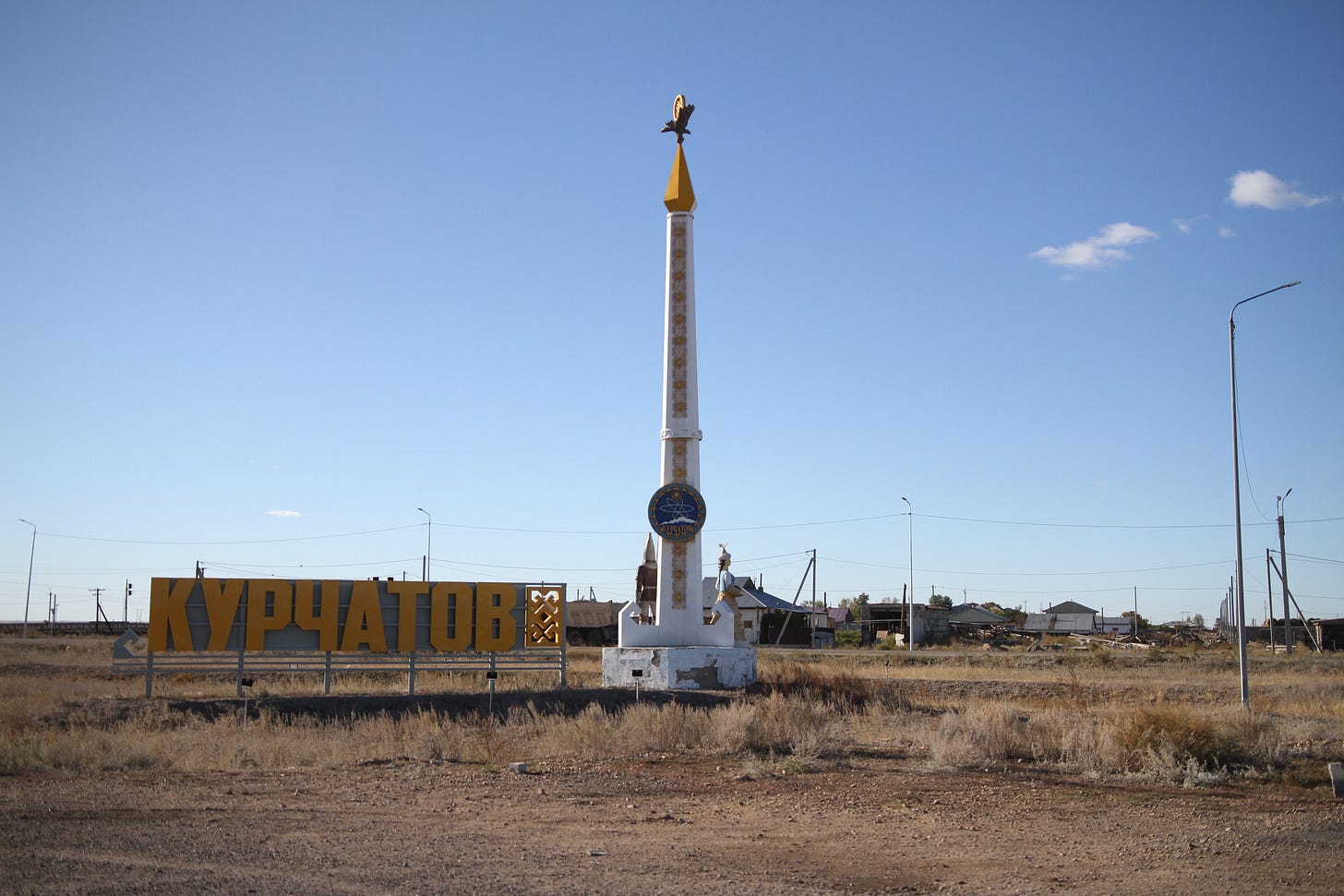
The city had a special place in Kazakh history.
It was there that the famous 19th century writer and philosopher Abay lived and wrote his poems, and where in 1918 Kazakh intelligentsia created the Alash Orda, an autonomous quasi-state calling for greater independence from Russia. And yet, in Soviet documents from the 1940s, the area was referred to as “an empty land.”
Over a thirty-year period, the Soviets conducted more than 450 nuclear weapons tests with the combined power of a thousand bombs dropped by the US on Japan.
The Soviets didn’t care much about the consequences that nuclear testing would have on residents and the surrounding environment. The radiation covered the steppe, penetrated rivers and agricultural fields. With the wind and dust, it entered people’s houses, water, food, and then human organs.
At first, nobody knew that the military was detonating nuclear bombs. Every now and then, locals were informed they should go outside and cover themselves with sheets or hide in shelters and to not look at the sky.
Karabayev worked as a driver in the army. In 1970, he got a job in Kurchatov, a secret military town – the centre of operations for the Semipalatinsk Test Site. The town was named after Igor Kurchatov, a Soviet physicist and the first director of the Soviet nuclear programme, who in 1949 conducted the first successful nuclear detonation on the Kazakh steppe.
To enter Kurchatov, one needed a special permit. Built for the army and their families, situated in the middle of the steppe, the town offered some of the best living conditions in the Soviet Union. Local stores stocked canned fruits, wine and chocolate – luxury goods by Soviet standards. By the late 1950s, every officer’s family had an apartment.
Wages were good, too, in comparison to other regions. Karabayev knew he was part of the elite and that his workplace was not an ordinary military base. But he did not ask questions. Soldiers, accustomed to following orders, carried out their tasks calmly and conscientiously.
“We did not have any special protective clothing. Just a gas mask with a filter, nothing else. The commanders had dosimeters – radiation measuring devices, but ordinary soldiers did not. During the experiment, you just stood there and watched. Then, out of nowhere, a mountain of smoke would rise in front of you,” Kairbek Kusainov, another atomic soldier, aged 66, tells me.
“It's a terrifying sight. You see the dust, a column of smoke and a mushroom cloud in all shades of brown. If the wind is blowing in your direction, you must run away.”
Dark times
Karabayev did not stand out in any way. He got married and had children. The oldest, Marat, was born in 1974. He was a cheerful and energetic child – full of life. He was nine years old when, after an afternoon of playing with his friends in the yard, he returned home, fell asleep and never woke up.
Karabayev and his wife were devastated. No one could explain what happened to their son who, until that moment, was in perfectly good health. Since when do healthy children die in a happy town?
Four years later, in 1987, the same thing happened to Karabayev’s second son. That day, he was one of four boys in the neighbourhood who went to sleep and never woke up. It was around this time that Karabayev’s wife slowly began to detract from the world.
On August 29, 1991, on the 42nd anniversary of the first nuclear test, the Kazakh government decided to close the testing site and ban future nuclear testing on its territory. Three months later, the Soviet Union collapsed.
In 1994 Karabayev’s wife gave birth to the couple’s last son. The following year, she lost touch with reality.
Ever since, Karabayev has took on the task of working, raising the couple’s four remaining children – three boys and a girl – and taking care of his wife whose brain, doctors say, had lost 70 percent of its function. The diagnosis, however, did not mention the cause of her condition.
After the closure of the test site, soldiers who served in the radiation zone could apply for a special allowance or financial support, just like others who lived close to Semipalatinsk. Though for many soldiers it soon became clear that proving their years of service would be easier said than done. After all, the town’s existence was top secret, and they were working for the USSR – a country that no longer existed.
Russia was not willing to issue proofs of service to the atomic soldiers. Despite glasnost, the policy of openness and transparency, and then a short experiment with democracy, everything related to nuclear weapons remained secret.
“All documentation has been taken to Moscow and we can't prove anything. The authorities tell us to write to Russia, but we always get a negative answer: ‘it's a state secret, we can't give you anything,’” says Kusainov, the second atomic soldier. “There are fewer and fewer soldiers who served in Kurchatov. Meanwhile, our grandchildren and great-grandchildren are born sick.”
The road to Kurchatov leads through a vast steppe bathed in sunlight. Every here and there, the empty landscape is replaced by hordes of wild horses. The town itself has long lost its former glory. The deserted, collapsed buildings remind me of the kind of landscapes you would see in American horror movies.
The rusty statues and monuments bearing the symbol of the atom, once Kurchatov's pride, would send shivers down your spine. Rather than symbolising greatness, they bring to mind nuclear destruction and the still unknown extent of the impact that radiation has had on the surrounding environment.
Kurchatov, today, is a small, depopulated town, with few shops, almost no functioning restaurants or places to visit. It's hard to imagine that anyone would want to live here.
Despite all his tragedies, Karabayev never lost the will to live. He wanted to break the curse of Kurchatov. He wanted to run away as far as possible. For his safe haven, he chose Tekela, a city in southeastern Kazakhstan, more than a thousand kilometres away from the god-forsaken military base. But the curse of Semipalatinsk-21 did not abandon his family.
In 2014, Karabayev’s third son – aged 20 and a graduate of a technical school – unexpectedly died. Just like his brothers, he went to sleep and never woke up. Ten years later, in the summer of 2024 – Serik followed suit. He was the apple of his father's eye.
Due to ischemia of the limbs, doctors at first amputated his legs. To pay for his son’s treatment, Karabayev sold his car and then his house. But it did not save Serik. At the time of his death, he was 42 years old. He left three children orphaned.
“My son was so beautiful; we spoke with each other all the time. Losing a child is an unimaginable tragedy that I wouldn't wish on anyone. It breaks you from the inside,” says Karabayev, his eyes filled with agonising emptiness.
“I look fine, I'm healthy, but inside I'm filled with pain. Everything hurts so much.”
Karabayev managed to prove he had served in the secret military base. But the aid he receives from the state remains symbolic. Not enough to make up for the tragedy of his family.
The survivors
Dmitry Vesselov, 48, smokes fast, taking deep inhales, as if he was smoking the last cigarette of his life. He throws the butt away and makes his way to the office of the Semey-based Polygon-21, a non-governmental organisation representing the survivors of Kazakhstan’s nuclear testing, where we arranged to meet. He then takes out a large pile of documents, evidence of his medical condition.
Vesselov was born in Semipalatinsk in 1976. His Russian father was an aviation engineer, and his Kazakh mother worked as the deputy head of the airport agency for military and civilian aircraft. They were model Soviet people, dedicated to their motherland and proud of their work.
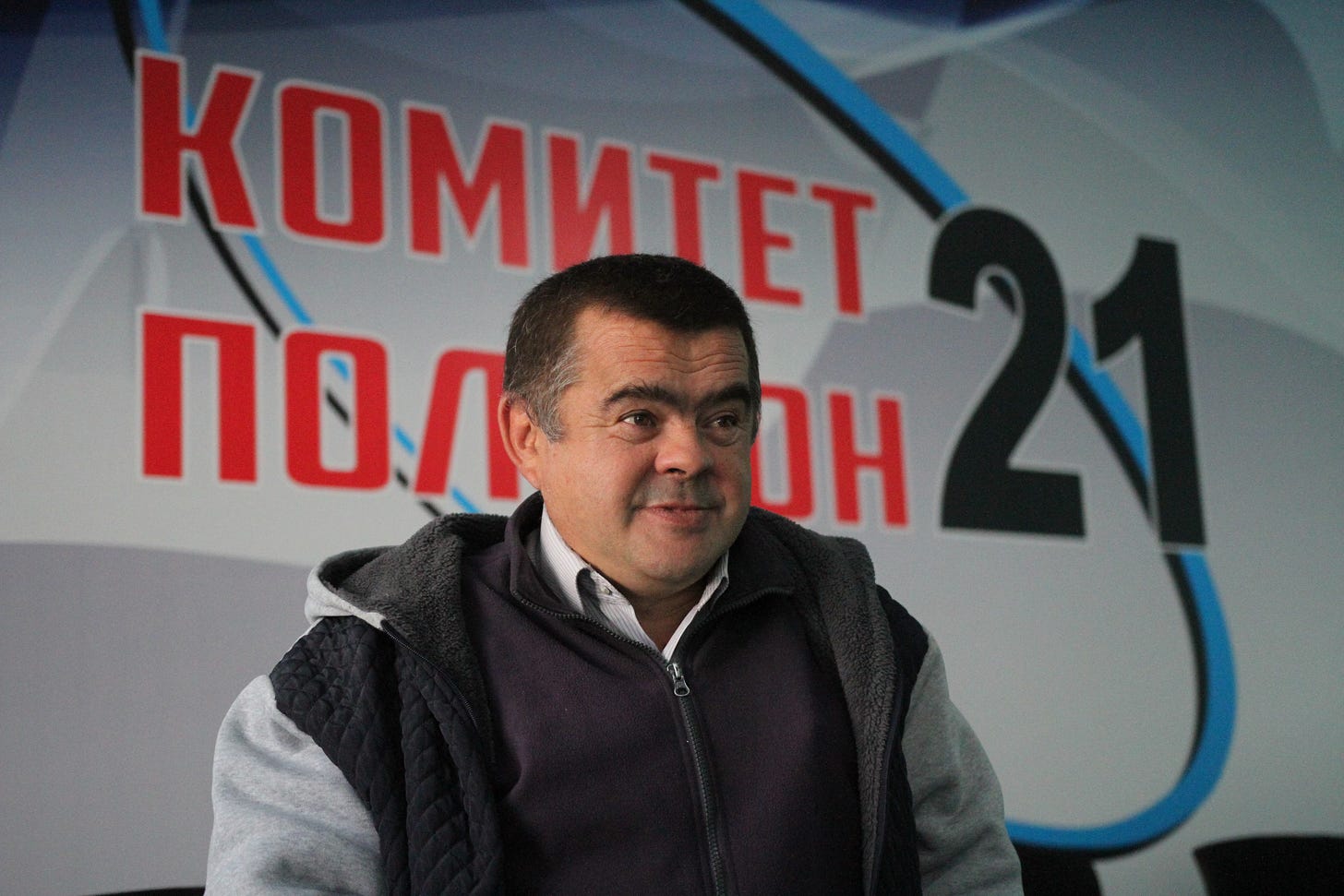
They sometimes felt the earth shake and read newspaper reports about controlled explosions at the nearby military site – but did not think anything ominous was going on.
When Vesselov’s grandmother died of stomach cancer in her forties, nobody asked questions.
Ever since he was a child, Vesselov was significantly shorter than the other children. His skull was deformed, and he had problems with his teeth. His collarbones were missing, and his spine was underdeveloped. While he excelled academically, his condition has proved to be a physical burden.
Vesselov’s complexion affected his manual dexterity and the ability to use his arms. He had problems lifting heavy objects and reaching up. Periodically, excruciating pain has cut him off from life.
In private conversations, local doctors suggested that his unconventional build might be the result of radiation. But they did not feel confident to give an accurate diagnosis.
They recommended that he and his family should go for further tests in Moscow. There, in 1989, Vesselov was diagnosed with a genetic disease – one that would get progressively worse.
“It is almost impossible to work with such a disease. I worked as a taxi driver, because it gave me a flexible schedule. I could work for two or three hours and then take a break for the next two. My hands would then rest,” Vesselov told me.
“But there was also a problem with my spine. If it is bent for too long, I suffer from migraines. To avoid them, I need to spend more time in a horizontal position.”
In 1992, the Kazakh government passed a law to offer support to the survivors of nuclear testing. Everyone who lived in the zone affected by radiation, the law said, would receive from the government a monthly allowance, the equivalent of the minimum wage.
But in 2006 the calculation basis changed. From then on, the benefit was the equivalent of the monthly calculation index set annually to calculate pensions, taxes and other payments.
In practice, the allowance fell from 85,000 tenge a month (in today’s terms) to less than 4,000.
There were other problems with the law as well. Only existing residents of radiation zones would receive the allowance – those who moved away from the area were left without support.
In addition, those considered survivors were entitled to receive 5,000 tenge per month as an extra environmental allowance as well as ten additional paid holiday days, all to be paid by their employers. This did not give private businesses any incentive to employ such people – in fact, it probably worked as a deterrence. Self-employed survivors were left with almost no support.
“I worked as an individual entrepreneur, because who else would hire me. For me to go on paid leave, which I have the right to do, I would first have to earn enough money and then pay for it myself,” Vesselov said bitterly.
In 2015, a special commission recognised that Vesselov’s condition has been caused by radiation. At the same time, it refused to recognise him as having a disability. “You have arms and legs!” Vesselov quotes them as saying.
In 2023, encouraged by the outrage the decision elicited at an international conference he had attended, Vesselov decided to challenge it. He hired a lawyer and reached a settlement before the case was taken to court.
He now receives around 300 USD a month, some tax benefits and is exempted from paying social security and health insurance. It is good money, Vesselov says, but he recalls that if it wasn’t for his determination he wouldn’t have enough money to live on.
But his biggest pain is that the illness has affected his life in ways his parents had never imagined.
“I know that my condition can be passed on from generation to generation. I do not want my children to get sick. So, I do not have children. This is my pain and my tragedy,” Vesselov told me.
He does not want to have a wife either. “What's the point? Without children, a family is not a family.”
The Kazakh Hibakusha
According to estimates, 1.5 million people have been exposed to radioactive fallout over the years.
But it is unclear how exactly the radiation affects individuals in Kazakhstan – and it’s even more uncertain how it will impact future generations. Will living survivors pass their conditions onto their descendants? Is it even possible to prepare for or prevent?
Professor Dariya Shabdarbayeva sits in her office at the Semey Medical University, an institution that has specialised in treating survivors of radiation, conducting research, and training the next generation of medical specialists.
Over the years, it has also established good contacts with researchers who have dealt with the effects of nuclear weapons from Japan (a pioneer in genetic research). But as Shabdarbayeva points out, the survivors of the bombs dropped on Hiroshima and Nagasaki had a different experience to Kazakhs.
“We are different from the rest of the world because our population has been exposed to ionizing radiation for 40 years. Today, the world is faced with the question not of the effects of large doses of radiation on the body, as this has been studied, but of smaller doses,” Shabdarbayeva says.
Since 2011, Semey Medical University has been conducting experiments on rats and mice in an underground nuclear centre in Kurchatov in order to investigate how they react to low levels of radiation. But more research is still needed.
The results will enhance our understanding not only of Kazakhstan’s past and future, but how new technologies which emit small radiation doses – like laptops and phones – will impact our long-term health.
Japanese scientists created a DNA bank in Nagasaki. Those exposed to radiation after the bombing, collectively named Hibakusha, could donate DNA samples to the created archive, which allowed scientists to conduct accurate genetic testing and determine the probability of developing a given condition.
In Semey, Shabdarbayeva hopes that her university – together with scientists from Astana – will soon be able to assist the government to determine the origins of people’s illnesses, and make sure that conditions caused by radiation will be properly addressed.
“In order to answer all the remaining questions, we now have to do a thorough screening of the second, third and possibly even fourth generation of victims. We also want to create a DNA biobank like the Japanese, and conduct additional research based on the calculation, molecular genetics, and chip methods. On the basis of the results we would like to create an artificial intelligence model to predict one’s future diseases,” Shabdarbayeva says.
The research methodology and team of researchers involved in the project have long been formed. According to their estimates, they need to study 172 people, track their radioactive route, exclude those who were subject to additional radiation, and conduct genetic tests, Shabdarbayeva says. There is a lot of work ahead, but the scientists are determined. Currently, the project is waiting for government funding and it’s unclear when it will kick off.
Shabdarbayeva says that a lot still remains a mystery, but it is clear that radiation from the test site has had a very negative impact on the health of people in the region. A higher proportion of oncological diseases, especially among children and young people, leukaemia, and cardiovascular disease is strong evidence that the main cause was the Soviet nuclear programme.
“What we know for sure is that radiation in our region has had a negative effect on almost all human organs and our immune system. It is easier to name an organ that has not suffered at all as a result of the exposure to small radiation doses,” Shabdarbayeva told me. “Now, we have to focus on our research for the sake of the entire global community.”






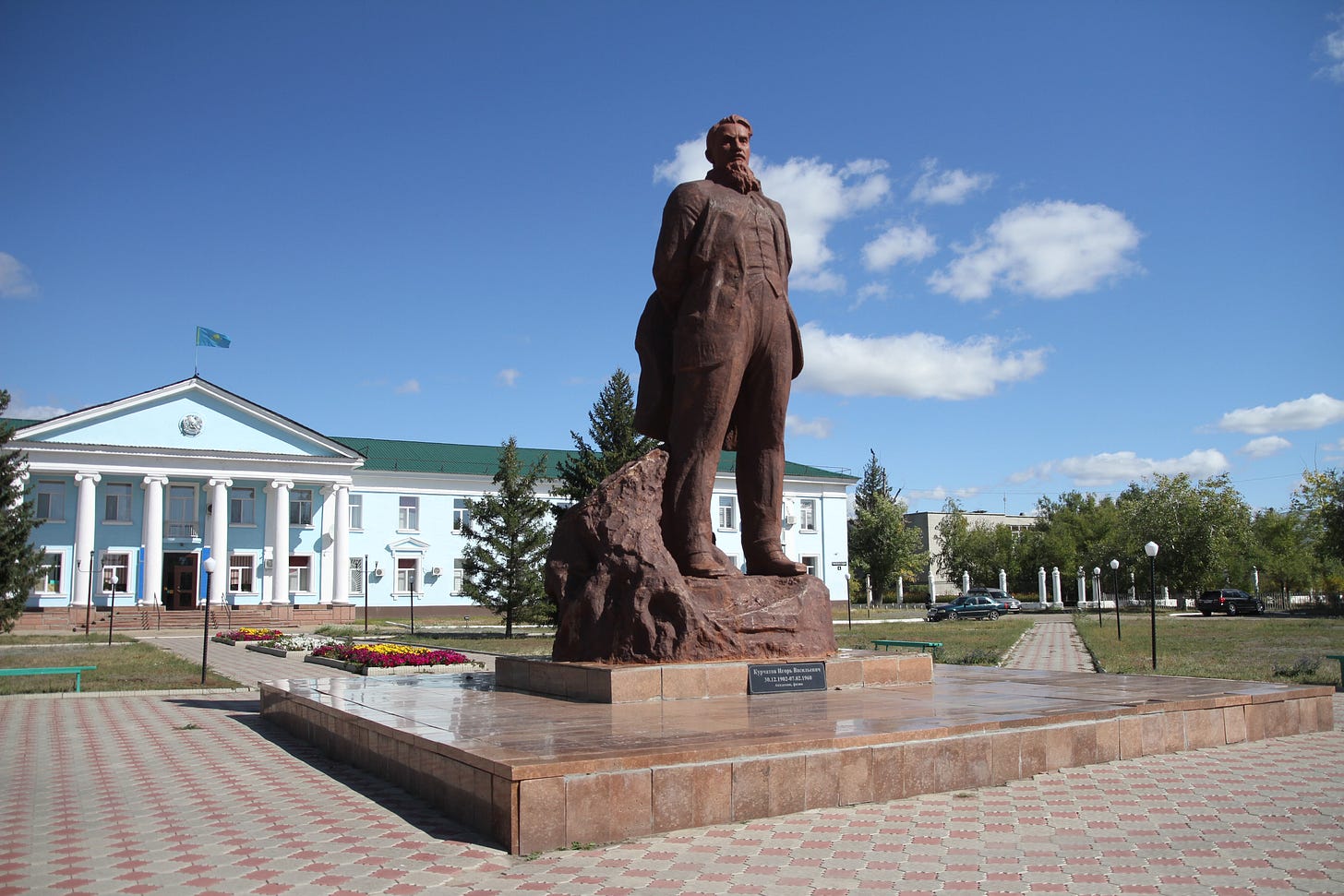
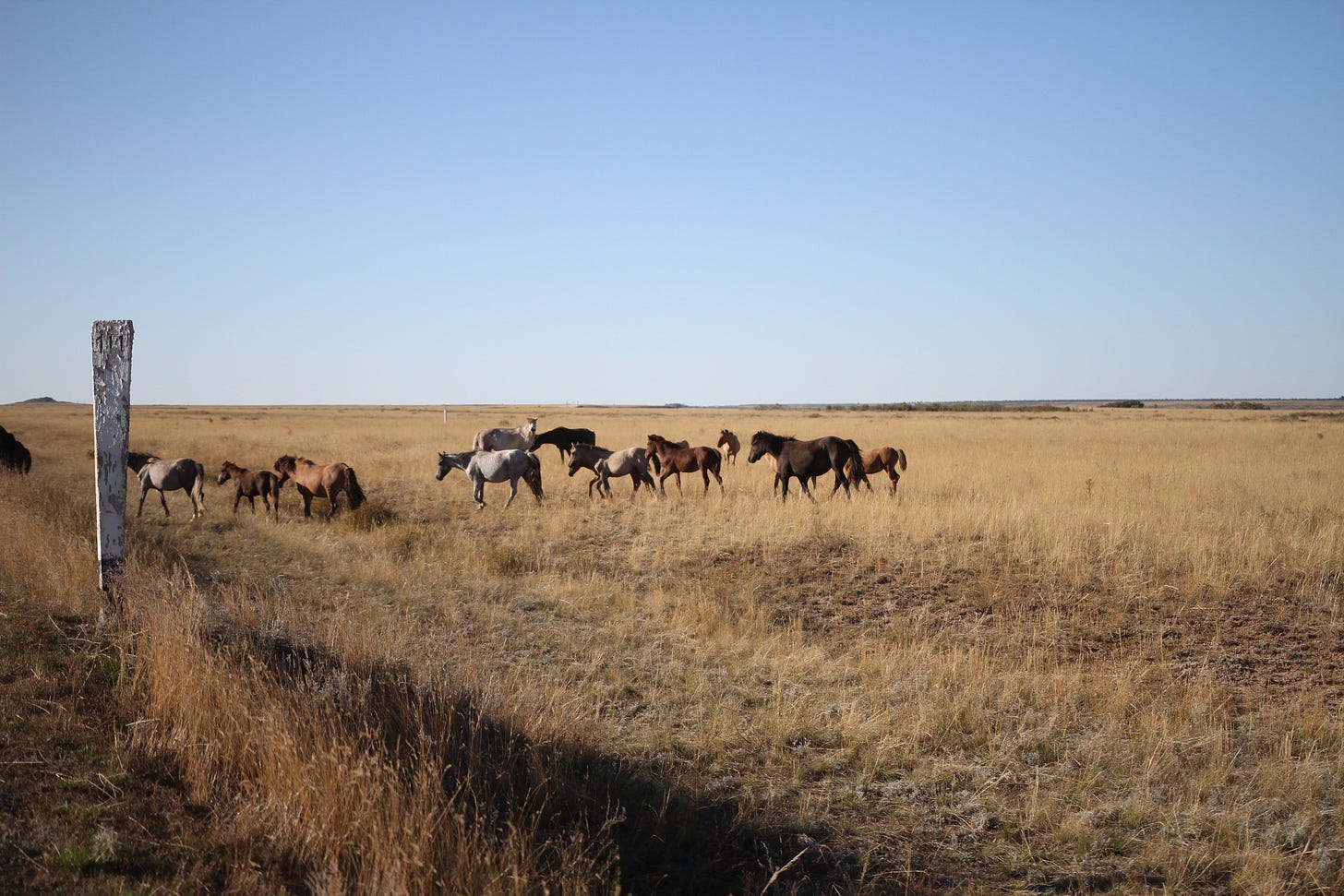

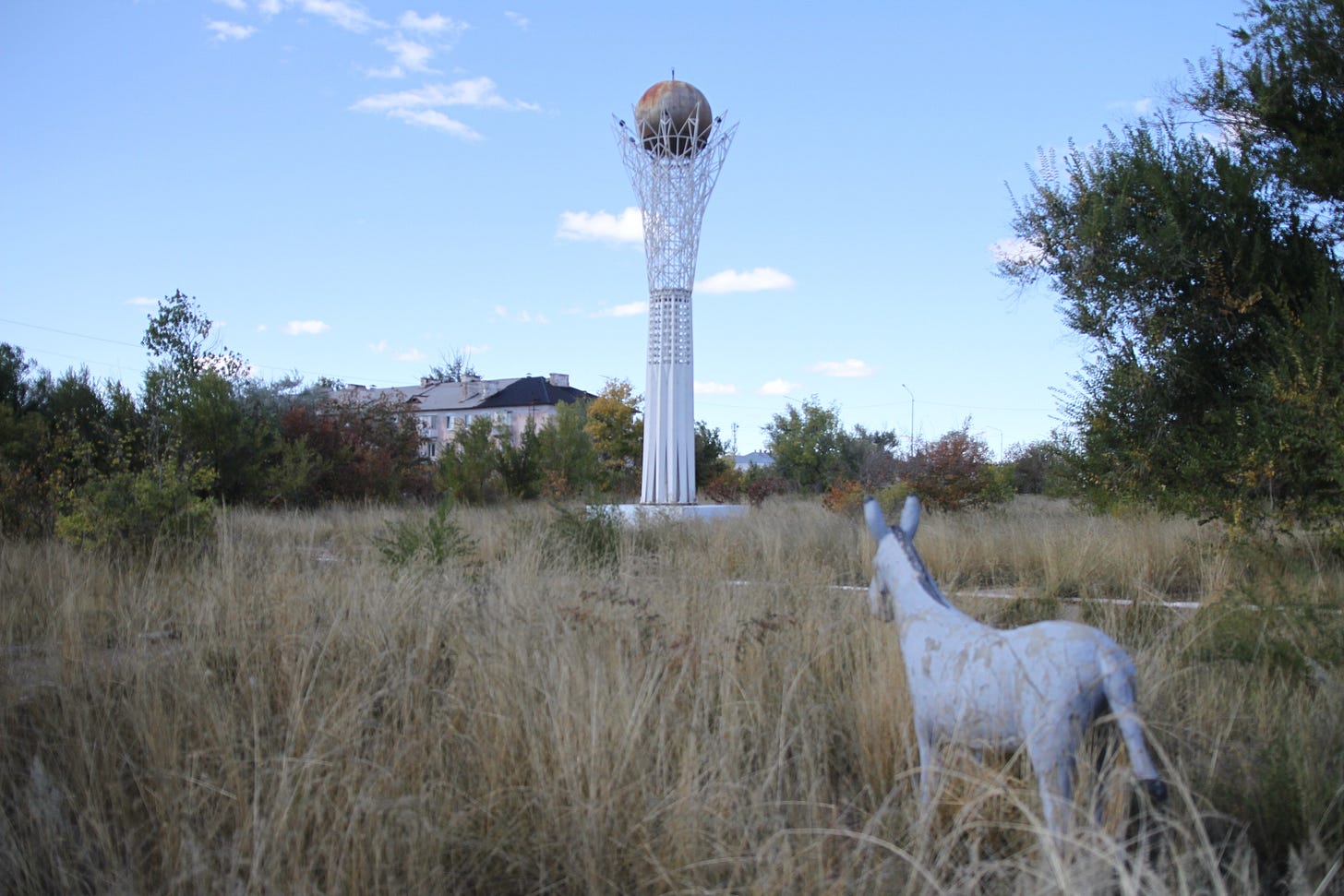
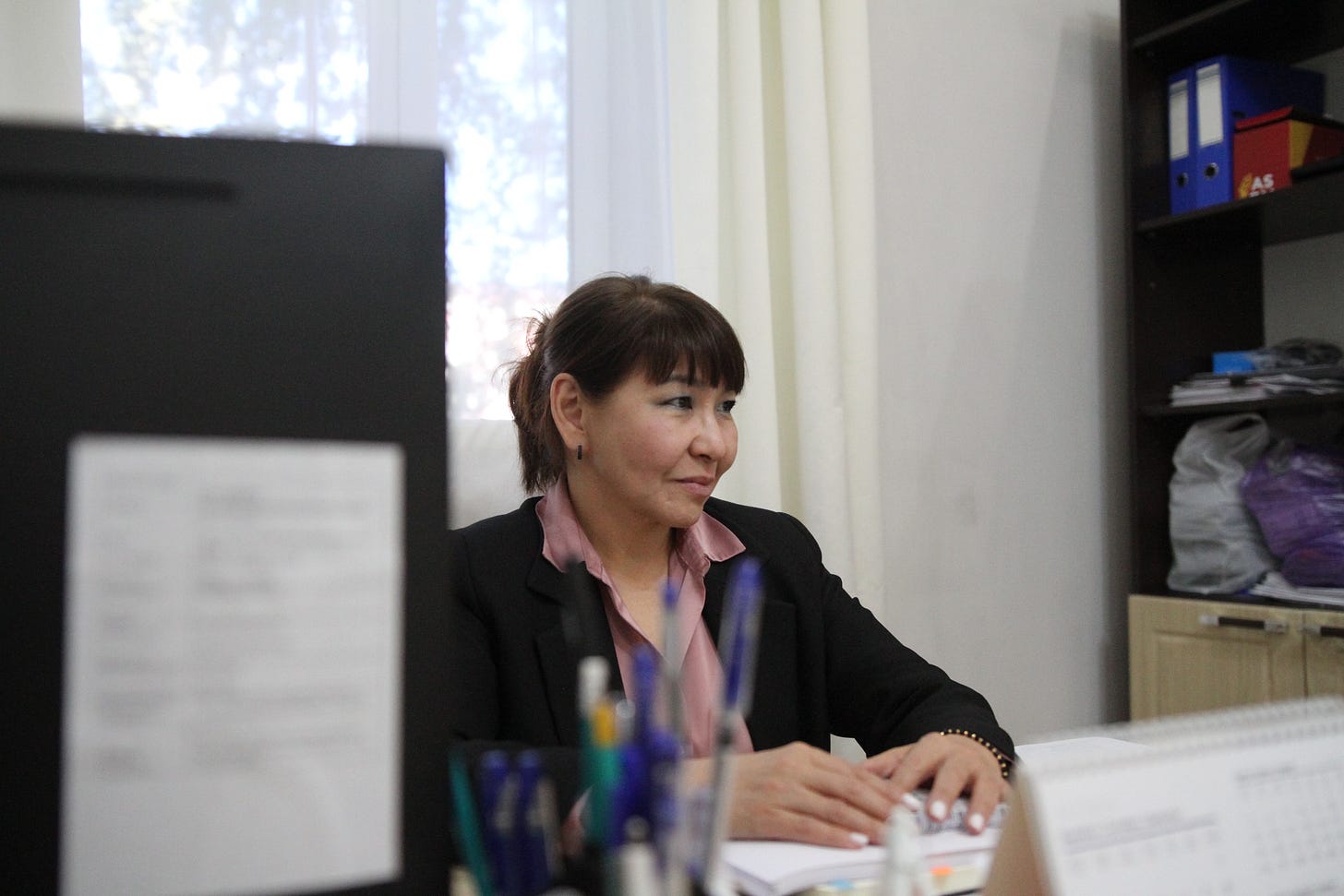









Share this post